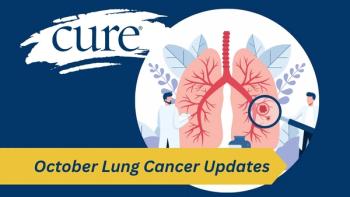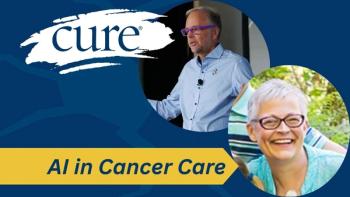
Managing The Opioid Crisis As A Patient With Cancer
The Opioid epidemic is a concern for all of us but especially for those struggling with extreme cancer-related pain.
The opioid crisis in America has gained much attention
In that report, information regarding opioid manufacture and distribution was gained when a database held by the Drug Enforcement Agency was obtained. According to the agency, which closely monitors all opioid distribution, over a period of time between 2006 and 2012, over 76 billion oxycodone and hydrocodone were saturated throughout the country.
The pills were manufactured and distributed by some of America’s largest pharmaceutical companies and have contributed to the growing number of opioid addictions across the country.
As a cancer patient, that information concerns me. The reason it concerns me is that I have a drawer full of medications that have been prescribed to me over the past five years for the management of pain both during and after active treatment for breast cancer. Among the medications are Codeine, Hydrocodone, Tramadol, and Vicodin. All of those are opioid derivatives or synthetic opioids. I had no idea these drugs fell under that category.
Until reading the Washington Post’s article, I had no idea that hydrocodone was an opioid drug. I assumed it was a codeine derivative, a medication a bit stronger than ibuprofen or acetaminophen, and since I have a sensitivity to codeine, I knew better than to take it on an empty stomach, but I never took time to read the label. The medication was very helpful in managing my pain and I only took it when necessary, but if I’d been one with addictive behavior, I could have easily abused the drug to the point of addiction.
Many with cancer struggle to manage cancer-related pain. As those affected by cancer, we often share the need for pain relief with our oncologists. Most times, the doctors are sympathetic to our needs and prescribe medication to help, but those strong pain relievers can include opioids. In the hopes of finding relief, patients willingly take the medication trusting their doctors know what’s best for their health. But more often than not, doctors write prescriptions without going into detail about the warnings for possible addiction or dependency and one might find, too late, that the prescribed medication poses more danger than a help.
But even with all the information published in news outlets, does the general public really understand the dangers behind opioid use?
Open just about any medicine cabinet in an ordinary household and one might find a bottle of Lortab, Hydrocodone, or another seemingly innocent pain medication. Americans don’t like pain. We tend to pop pills for instant relief without paying attention to the advice printed on the labels. Most prescription drugs come with warning labels giving clear instructions. Sometimes the warnings indicate the drug needs to be taken with food, or that the medication should be taken only as directed, and may include a reminder to check for drug interactions, but often these pieces of information go unheeded.
Oncologists often prescribe opioids for pain relief because good doctors don’t want patients to suffer unnecessarily. Sometimes the medication is freely offered as a preventative measure and other times, the patient must request it.
There are also many alternative options available and all provide some level of pain relief. Doctors specializing in naturopathic medicine are more apt to recommend these types of treatments to their cancer patients. Some of the alternative treatment options include:
Acupuncture: this practice uses very thin needles to stimulate nerve endings in the body. Targeted treatment can provide relief as repeated sessions concentrate on specific problem areas.
Chiropractic care: this practice uses spinal adjustments to target areas of pain throughout the body. By realigning misplaced vertebrae, the patient may obtain quick relief.
Dietary therapies: this practice uses the reduction of sugar and or carbohydrates in order to help the body heal naturally.
Essiac Tea: this is a healing herbal tea made from roots, barks and leaves.
Herbal supplements: There are many herbs and supplements that help with healing and aid in pain reduction. Among them are Tumeric, a popular anti-inflammatory, Glucosamine/Chondroitin, which helps with bone and joint pain, White Willow Bark, nature’s aspirin, Omega 3 fatty acids, which help with all over body pain, and Vitamin D which helps relieve Fibromyalgia type symptoms.
Some pain can only be managed by very strong medication. For those requiring opioid type medications, talk to your doctor. However, please be aware of what you put into your body. Ask questions. If a doctor doesn’t provide the necessary information on prescription medication, consult your local pharmacist.





